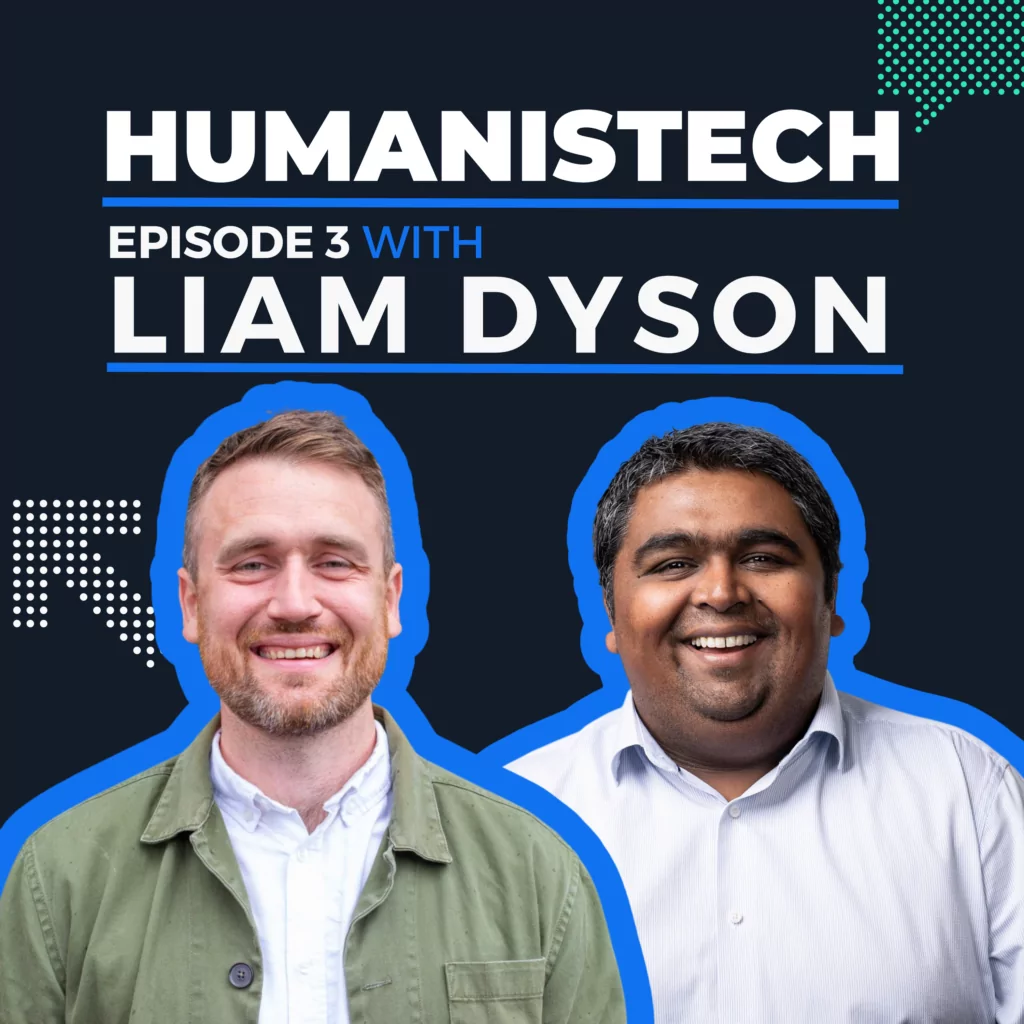New to development? Read our recent Insights
The Differences between Hybrid and Native Mobile Apps
What are the Phases of Digital Product Development?
Your Complete Guide to App Development Costs in 2021
What Is the Discovery Phase & Why Do I Need It?
What is a Minimum Viable Product (MVP)?
A Minimum Viable Product (MVP) is an early version of a product or service designed to ensure that vision and strategy are aligned with market needs. Typically‚ they deliver just enough functionality to appeal to early adopters and investors‚ acting as a manifestation of what makes your idea unique.
It is not a beta version of your product‚ designed to identify bugs and fine-tune features‚ nor is it an idea that only exists on paper. An MVP is a streamlined version of your product that delivers enough value that customers will continue to invest their time‚ money‚ or data. It creates a foundation for you to prove your ideas and grow.
Minimum: The smallest number of features and capabilities necessary…
Viable: To deliver enough value that customers are willing to spend money‚ or another currency‚ such as personal information…
Product: In the form of something that they can use today. Not a promise or proof of concept.

What are the benefits of a Minimum Viable Product?
The goal of an MVP is to validate the premise of a product‚ test hypotheses about market needs‚ make adjustments to the product vision‚ and prioritize where to invest in future development.
By testing and refining core principles of a product with real-world validation‚ MVPs help product teams validate their decision-making through the analysis of data‚ increasing the likelihood of overall success.
The Difference Between a Proof of Concept (PoC) and an MVP
The main difference between a PoC and an MVP is that an MVP takes the form of a fully finished product. It is delivered to the public and used as a way to gauge how successfully the core functionalities of your idea meet your target audience’s requirements.
Although there are likely more features and functionalities on your product roadmap‚ an MVP appears complete and should satisfy the requirements of the user enough that they continue to invest.
Unlike an MVP‚ a proof of concept is not an early version of your product. Rather‚ it refers to the processes involved in finding out whether a concept is technically feasible. A PoC helps to determine the scope of work‚ the best technologies for development‚ potential technical problems‚ and the best solutions to resolve them. It is not made publicly available and is used exclusively by internal development teams and small focus groups. It also serves to validate more complex concepts to investors and instil confidence in funding.
The terms MVP and PoC are interconnected but not interchangeable. A well-tested PoC paves the way for a true MVP.
Steps to building an MVP
Step 1. Define the Problem You Want to Solve
The first‚ and arguably most crucial step in defining your MVP is having the ability to articulate its purpose in a concise way. What‚ in a single sentence‚ does this product solve??
Without an exact understanding of your idea‚ it is difficult to identify the functionalities crucial to building a successful MVP. It is also important that your synopsis is not over-complicated. Remember‚ you are not trying to explain every feature that the product will have in 3 years’ time‚ you are trying to reduce it to its core premise.
For example‚ if you want to open a meal delivery service‚ your problem definition may be: “Allow users to order takeaway meals from local restaurants.”
Once you’re able to easily summarise the value that your product has to its end-user‚ you are able to proceed to step 2.
Step 2. Refine Your Target Audience
Using a similar method to step one‚ you must next reduce your audience down to a core user group.
Create a full description of a person who is not only going to like your product but will invest their time‚ money or data in it. You should know how old and how educated this person is‚ what they do for a living and roughly how much money they earn. An understanding of their habits and hobbies will also be useful in targeting your product towards the most lucrative demographic. Crucially‚ what do they do now instead of using your product?
Only through a developed understanding of your target demographic can you ensure that your MVP is focused enough to provide maximum value‚ whilst keeping initial development time to a minimum.

Step 3. Competitor Analysis
It is important not to overestimate the exclusiveness of your product‚ particularly if you are already aware of competitors within your industry. Evaluate your competitors and analyse their strong and weak points to define the functionality of your own product. You may also want to group them according to their current market share.
Analyse who your top three rivals are‚ how long they have been in the market‚ and what products or services they offer. Define whether they have a competitive advantage and estimate your ability to offer something better. You should research their past and current strategies‚ sales volume‚ revenues‚ financial‚ and marketing objectives. This data will help you understand how profitable and successful they are.
When you understand key market players’ weaknesses and strengths‚ you will be able to know what makes your product unique or what it lacks to become so.
Step 4. Create a List of Core Features
It’s easy to fall into the trap of believing that ‘minimum’ is a synonym for ‘easy’. The reality is determining which features are integral to your product function is an incredibly difficult task.
Ask yourself what problem you are trying to solve with a specific feature and if that problem is enough of a pain point that it is worth solving in the early stages of your product roadmap. Whilst it’s easy to identify features that your user base might find useful‚ not all of them are critical for their engagement with the product.
Consider the core issues faced by your audience and the features that are going to provide the simplest solution. Producing an over-developed product at launch increases your time-to-market‚ reduces your ability to implement changes according to market demand‚ and can ultimately damage your chances of success down the line.
Make a list of the features that your product cannot function without- that is‚ those which if absent would remove all value for your client base. These are the features that should make up your MVP.

Step 5. Build and move to Alpha and Beta testing
After the creation of your MVP‚ you can move to the testing phase.
Alpha testing happens in-house: A limited group of people‚ including key stakeholders for the product‚ use it for an allotted amount of time‚ reporting any technical errors they experience.
The aim of an Alpha test is not to judge the alignment of product functionality and end-user requirements‚ but to ensure that the product works as intended and is an accurate representation of their vision.
Once a product has passed this test‚ you can proceed to a Beta test and let real users try a product for a period of one to two weeks. Analyze the feedback and decide what functionalities you need to add or replace to make the product better and more complex. It is also worth noting which functionalities were not used as intended‚ or used at all‚ as these should be worked on in the next iteration.
After you’ve collected enough feedback‚ you can start upgrading the product‚ test it‚ and gather feedback again. The number and time frames of build-test-learn cycles depend on the product. After you’ve completed multiple cycles‚ you can either go back to step 0 and pivot or keep iteratively improving your product.
Working With A Third-Party Supplier to Create an MVP
Working with an experienced development partner to create an MVP can help you reach your goals faster and ensure you have a significant competitive advantage. They are likely to have worked on multiple MVPs before and will know the best methods for testing and iteratively improving your product.
A good development partner does not just ‘build’‚ they act as a technology consultant‚ helping you to create a fully functioning product and guiding you through all parts of your product strategy.
To help you identify and evaluate which partner is right for you‚ we’ve put together a list of the common questions we get asked repeatedly by potential clients‚ alongside some of the questions we would ask if the shoe was on the other foot.
To learn more about how to source a reputable supplier‚ read our insight ‘How to Choose the Right Software Development Partner’ or download our free supplier checklist.
Looking for a delivery partner that will work with you to identify‚ create and launch innovative technology products whilst providing clear ROI and long-term competitive advantage? Read our case studies‚ read our Start-up Sweat Equity Criteria for hedgehog lab Ventures‚ or get in touch today.





